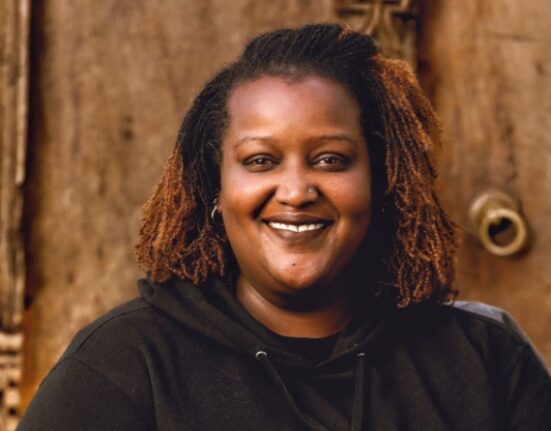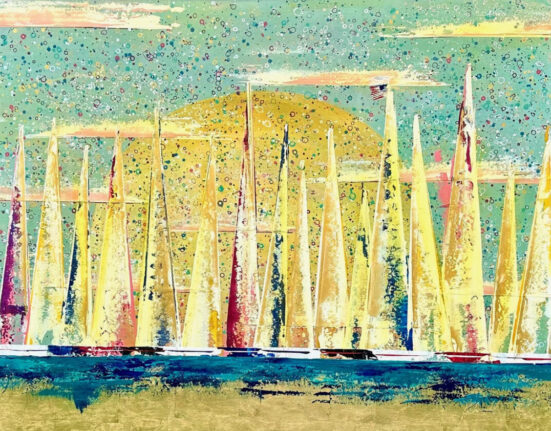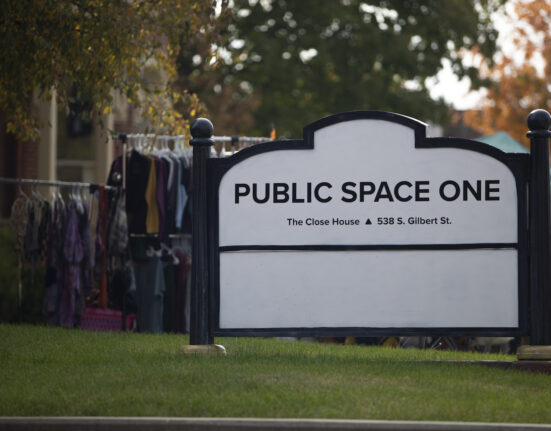In the heart of conflict, where voices are often silenced by the roar of violence, stands Sliman Mansour, a prominent Palestinian painter whose brush strokes tell tales of resilience, struggle, and the unyielding spirit of a people fighting for their narrative. In January 2024, amidst a surge in violence that has seen an alarming increase in the deaths of journalists and artists, Mansour shared his insights, reflecting on the challenges and responsibilities of artists in times of turmoil. His recent participation in Art Cairo last year set the stage for a deeper conversation about the role of art and artists in conflict zones, particularly in Palestine.
The Struggle for Narrative and Existence
Mansour, renowned for his poignant artwork such as ‘Rituals Under Occupation,’ casts a spotlight on the daily and historical challenges faced by the Palestinian people. He emphasizes the importance of honest artistic expression in the face of censorship and violence. According to Mansour, the recent spike in casualties among journalists and artists is a direct result of efforts by Israel to control the narrative and silence dissenting voices. ‘Rituals Under Occupation’ is not just a painting; it is a testament to the resilience of a people under siege, an emblem of resistance against the erasure of identity.
Art as a Means of Resistance
In the words of Mansour, the battle faced by Palestinian artists is not only against physical violence but also against the systematic suppression of their culture and voices. Art becomes their weapon, a tool for rehumanization in the face of dehumanization. Mansour’s work, deeply rooted in the themes of political urgency and steadfastness (sumud), serves as a powerful commentary on the struggle for existence and resistance. His advocacy for peace and equal rights for all individuals, through the medium of art, challenges the narrative of violence and emphasizes the power of creative expression as a means of change.
Honest Expression Amidst Censorship
The landscape for Palestinian artists and journalists is fraught with danger, as highlighted by the increasing number of casualties in their ranks. Yet, Mansour’s commitment to honest expression, despite the risks, underscores the crucial role of art in documenting reality and inspiring change. His call for rehumanization resonates beyond the confines of conflict, urging artists worldwide to wield their craft as a beacon of hope and resilience. Mansour’s narrative is a reminder of the strength found in vulnerability, the impact of truth in the face of oppression, and the indomitable spirit of those who dare to dream of a better world.
In a world often divided by lines of conflict and censorship, Mansour’s voice and art emerge as a clarion call for unity, understanding, and the recognition of shared humanity. Through his work, we are reminded of the power of art to transcend barriers, to communicate the incommunicable, and to provide solace and strength to those caught in the crossfire of history. As violence continues to surge, the stories embedded in Mansour’s paintings serve as a beacon of light, guiding the way toward peace and equality.







